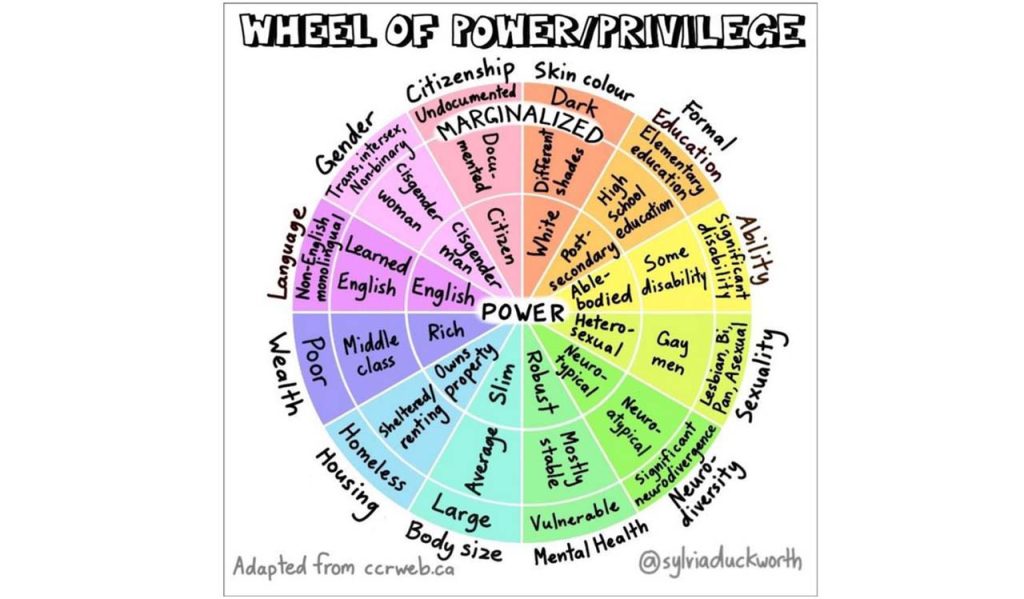Diversity has increased rapidly in all kinds of work environments, and it sets new kind of demands to management. Often neither managers nor personnel is ready enough this speed march. Diversity quite often links to multicultural workforce, but we should see diversity more diverse view. According to Finnish Institute of Occupational Health (2023), diversity is seen for example as age, ethnic background, citizenship, language, religion, values, sexual orientation, family situation, disability, health, ability to work, educational background, and personality. In simple words, diversity includes all people and all kind of people.
Diversity management should cover both views. Diversity in work environments increases innovation and creativity, client and personnel satisfaction, profitability and organization image and brand (TTL 2023). Diversity management is not a small factor with these indicators.
In Finnish work environments discussions concerning race, gender and social class are still in whisper level and organization point of view drives past individuality. Equality and diversity are intangible assets and promoting these needs concrete actions in workplaces. (Ylöstalo 2016.) Line managers are in vital role of making and implementing diversity goals in workplaces (Nachamias et al. 2022). Rarely they survive the task by themself. All personnel need to be participated in diversity management and inclusion actions. The level of knowledge and understanding of inclusion and diversity as a broad phenomenon that helps the organization to succeed is still too low. Diversity management also requires resources. Managers need more and more education related to diversity, so does the personnel.
Level of power and privilege
One way to start gaining understanding of diversity is to position yourself in society at the right level. We are easily blinded how well we are doing in global and society’s view. The Wheel of Power and Privilege created by Duckworth (2020) is a tool for personal check point to use. When you recognise your own fortune, it is easier to see other person in his position in the society. Discussions of difficult themes as race or social class requires pointing out of these biases we all have. Calculating your score is the first step of diversity ride.

Second step is much harder. After positioning yourself, you start to see inequality in places you didn’t before: workplaces, media, yourself. If we keep whispering and closing our eyes to difficult issues, nothing will change. And this cries out for diversity management and true leadership.
Diversity management pays off when considering commitment to organization. According to Ashikali & Groeneveld (2015), diversity management is linked with high level of inclusion and commitment to workplace, both native and non-native workers. Now is our chance to make workplaces to all of us.
What is your score?
Author
Emilia Laapio-Rapi works as Principal lecturer in faculty of Health and Social care at LAB University of Applied Sciences. She is also project manager in MONNI project, and this text is based on new view gained in GLOBDIVES intensive week in October 2023.
References
Ashikali, T. & Groeneveld, S. 2015. Diversity management for all? An empirical analysis of diversity management outcomes across groups. Personnel Review. Vol. 44, No. 5. 757‒780.
Duckworth, S. 2020. Wheel of Power and Privilege.
Finnish Institute of Occupational Health. 2023. Monimuotoisuus ja inklusiivisuus asiantuntijaorganisaatiossa -opas. Työterveyslaitos. Cited 16 Nov 2023. Available at https://www.ttl.fi/teemat/tyoelaman-muutos/monimuotoinen-tyoelama/monimuotoisuus-ja-inklusiivisuus-asiantuntijaorganisaatiossa-opas luettu 9.11.2023
Nachamias, S., Mitsakis, F., Aravopoulou, E., Rees, C. & Kouki, A. 2022. Line managers’ perceptions of diversity management: insights from a social exchange theory perspectives. Employee Relations: The International Journal. Vol 44. No 2. 294‒318.
TTL. 2023. Monimuotoinen työelämä. Työterveyslaitos. Cited 9 Nov 2023. Available at https://www.ttl.fi/teemat/tyoelaman-muutos/monimuotoinen-tyoelama
Ylöstalo, H. 2016. Traces of equality and diversity management in Finnish work organizations. Equality, Diversity and Inclusion: An International Journal. Vol. 35, No. 7/8. 415‒428.




